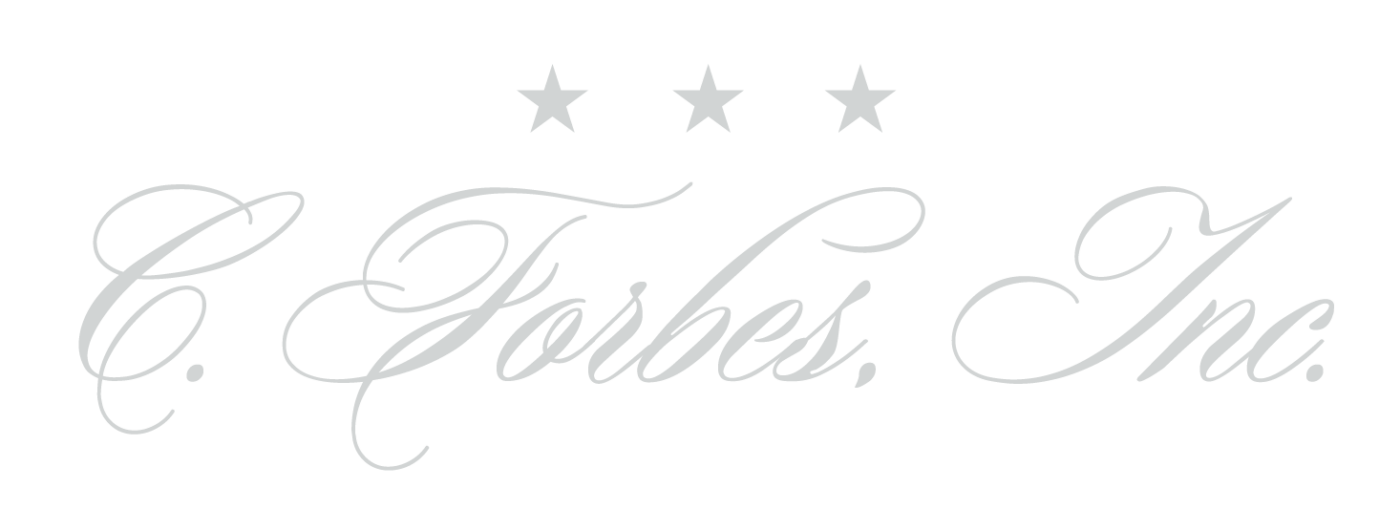As is often the case, necessity is the mother of invention. By 1916, the prospect of war with Europe looked increasingly likely, and by early 1917, Aviation Week warned that U.S. military aviation capability was less than optimal. President Woodrow Wilson sent Dr. Jerome Hunsaker to Europe to investigate and the report prompted Wilson to command the creation of the nation’s first aeronautics laboratory.
Early Beginnings
On July 17, 1917, the National Advisory Committee for Aeronautics (NACA), the predecessor of NASA, officially broke ground for Langley Memorial Aeronautical Laboratory on Langley Field. Both are named for aviation pioneer Samuel Pierpont Langley. The U.S. had just officially declared war on the German Empire months earlier, and with only 11 employees, four buildings and a budget of $5,000, the daunting endeavor of aerodynamic research began.
How times have changed! Today, what became known as NASA Langley Research Center has grown from its modest beginnings on a small patch of farmland to state-of-the-art facilities with thousands of employees and a multi-million dollar budget. It devotes two-thirds of its programs to aeronautics and the rest to space. Located in Hampton, Virginia, the center borders Langley Field and the city of Poquoson.
Historic Firsts
Langley Field and NACA began parallel growth as air power proved its utility during World War 1. The center was originally established to explore the field of aerodynamic research involving airframe and propulsion engine design and performance. During the next several decades, the center came to claim many historic firsts, including the development of the concepts of research aircraft leading to supersonic flight, the world’s first transonic wind tunnels, the Lunar Landing Facility providing the simulation of lunar gravity, and the Viking program for Mars exploration.
In addition, the center developed standards for the grooving of aircraft runways based on a previous British design used at Washington National Airport. Grooved runways reduce aquaplaning which permits better grip by aircraft tires in heavy rain. All runways around the world now use this grooving as the international standard. For more detailed information on the vast history of NASA Langley over the past 100 years, please visit their website.
Centennial Symposium and Birthday Bash
As part of the Centennial Celebration, a 3-day symposium was held July 12-14 at the Hampton Roads Convention Center to honor the legacy and look to the future of NASA Langley’s contributions. Speakers from NASA, government organizations, industry and academia gathered to share “stories and insights about NASA’s oldest – and first- research center. Even Buzz Aldrin, Apollo 11 astronaut and the second person to walk on the moon, made a surprise appearance.”
NASA Langley Director David Bowles said, “When you hit your 100th birthday, it’s natural to glance over your shoulder and look at what you’ve done. We can build a better tomorrow by learning from yesterday. At NASA Langley, we have such a rich history to explore.”
Not only did the topics discussed look back with pride at Langley’s achievements, but promises for the future were top of mind. “When you predict the future, you don’t have the benefit of hindsight,” said Sandra Magnus, former astronaut and executive director of the American Institute of Aeronautics and Astronautics. The 20-30 year time frame is the “sausage – making phase”, as the creativity is much more complex because you have to work with existing constraints, she said. “It’s sometimes easy to forget that you’re shaping the future. Everything you’re doing every day, every decision that you’re making, every meeting that you’re sitting in…you are making a difference and you are creating that 100-year vision.”
A concluding thought by NASA Acting Administrator Robert Lightfoot reminded attendees that “Someone’s going to stand on our shoulders someday. It’s pretty awesome to think about what’s going to happen in the next 100 years moving forward. I think great things are ahead. We’ve only just begun this journey.”
Unique Opportunity to Tour NASA Langley
As part of Langley’s 100th year anniversary celebration, the public will be invited to participate in a rare opportunity on October 21, 2017. The world-class facilities and historic places connected to the early days of the space program will be open, free of charge, providing close-up views of facilities including wind tunnels, laboratories, and the center’s aircraft hangar. Several points of interest have been designated as National Historic Landmarks.
Visitors at the Hampton, Virginia facilities will see places where Mercury, Gemini and Apollo astronauts trained, and learn how, today, NASA refines new technologies driving our Journey to Mars. For those familiar with the book and movie “Hidden Figures”, the Open House will also allow you to follow in the footsteps of mathematician and Presidential Medal of Freedom-winner Katherine Johnson.
Commemorative Challenge Coin
C. Forbes, Inc. was pleased and proud to play a small role in the 100th-anniversary celebration of NASA Langley Research Center. A custom, commemorative challenge coin was designed and produced for the occasion. The three-color coin, featuring the NASA logo, Langley aircraft hangar, recognition of NACA, and the inspirational theme, “A Storied Legacy, A Soaring Future,” brought together key elements of this milestone event.
Please contact us for more information on our products and services. Our mission is to design, produce and present quality, custom items that tell your story. We welcome the opportunity to combine your goals with our expertise to properly commemorate your unique anniversary, event or organization.

